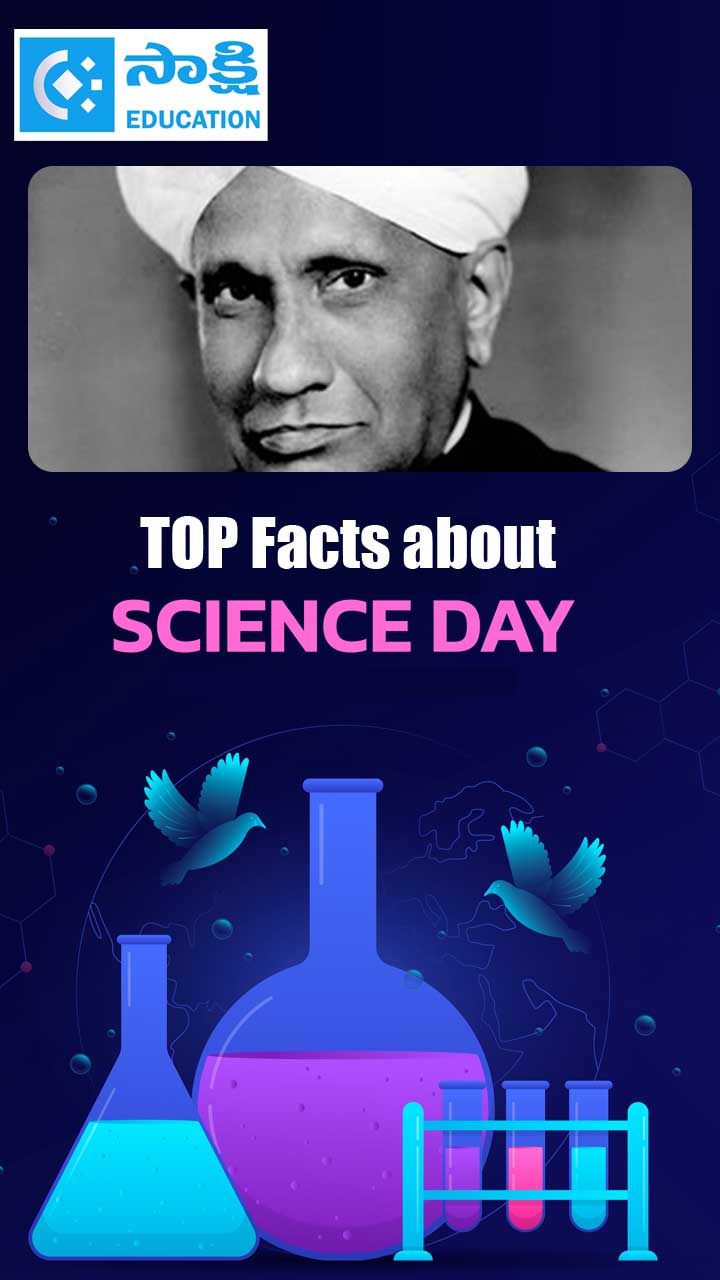Intermediate: 2nd Year Botany Model Paper-2
(English Version)
Note : Read the following instructions carefully :
(i) Answer all the questions of Section –A. Answer any six questions out of eight in Section –B and answer any two questions out of three in Section-C.
(ii) In Section-A, questions from Sl. Nos. 1 to 10 are “ Very Short Answer Type”. Each question carries two marks. Every answer may be limited to 5 lines. Answer all these questions at one place in the same order.
(iii) In Section-B, questions from Sl. Nos. 11 to 18 are of “Short Answer Type”. Each question carries four marks. Every answer may be limited to 20 lines.
(iv) In Section –C, questions from Sl. Nos. 19 to 21 are of “Long Answer Type”. Each question carries eight marks. Every answer may be limited to 60 lines.
(v) Draw labeled diagrams, wherever necessary for questions in Section-B and Section-C.
SECTION –A
1. What are porins? What role do they play in diffusion?
2. Where does the photolysis of H2O occur? What is its significance?
3. What is conjugation? Who discovered it and in which organism?
4. Who proposed the Chromosome Theory of Inheritance?
5. What is the function of DNA polymerase?
6. What is meant by capping and tailing?
7. What is the full form of PCR? How is it useful in biotechnology?
8. Give different types of cry genes and pests which are controlled by the proteins encoded by these genes.
9. Name a microbe used for statin production. How do statins lower the blood cholesterol level
10. Name any two industrially important enzymes.
SECTION – B
11. “Transpiration is a necessary evil”. Explain.
12. Write briefly about enzyme inhibhitors.
13. Draw a neat labeled diagram of chloroplast.
14. Write the physiological responses of gibberellins in plants.
15. Explain the structure of TMV.
16. Define and design a test cross.
17. What are the differences between DNA and RNA.
18. List out the beneficial aspects of transgenic pants.
SECTION – C
19. Explain the reactions of Kreb’s cycle.
20. Give a brief account of the tools of recombinant DNA technology.
21. Describe the tissue culture technique and what are the advantages of tissue culture over conventional method of plant breeding in crop improvement programmes?



















